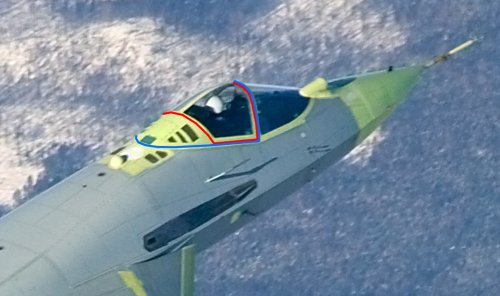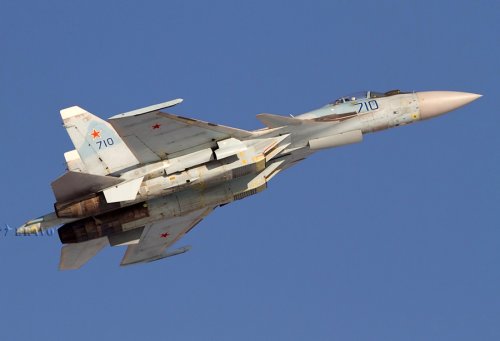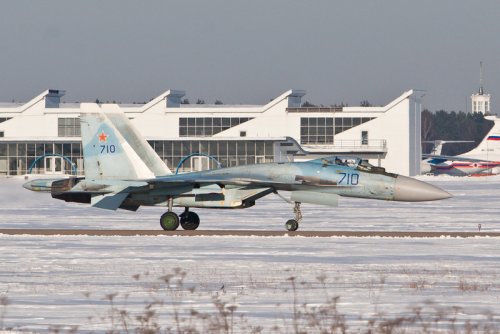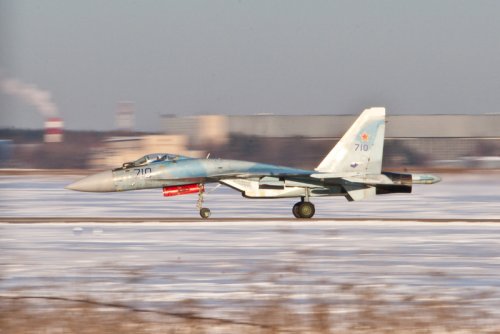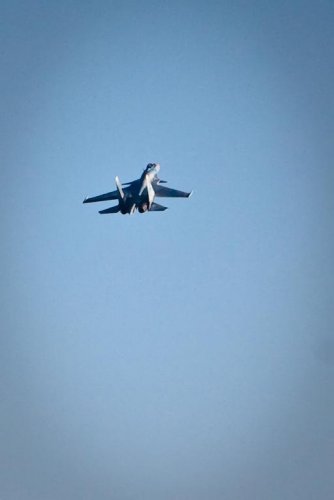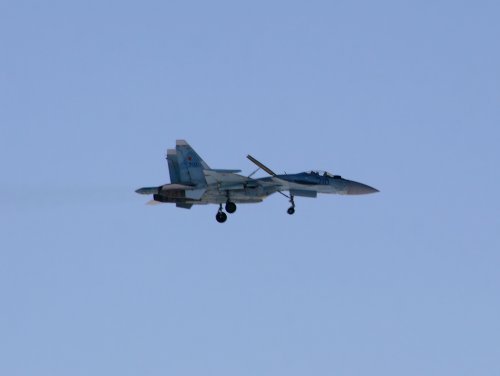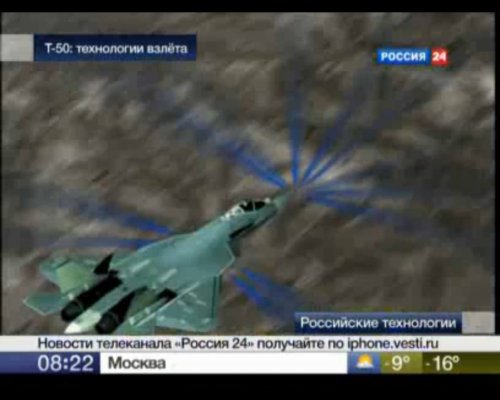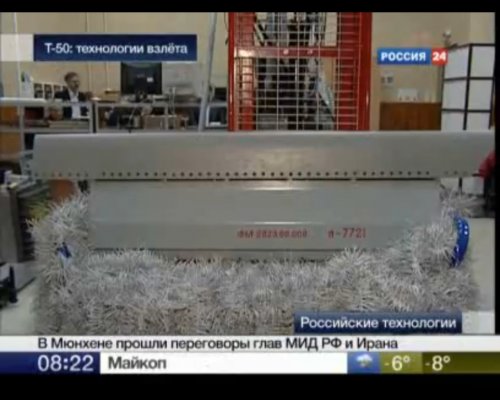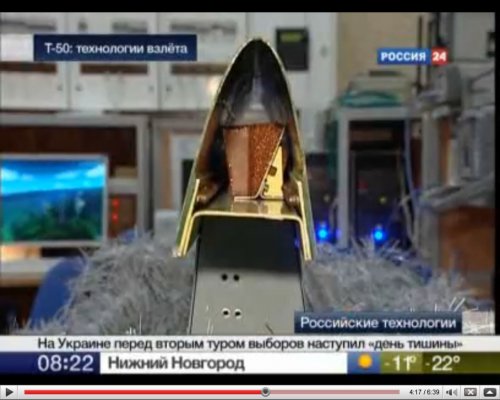- Joined
- 2 August 2006
- Messages
- 3,255
- Reaction score
- 1,527
Avimimus said:Isn't it nice?
Foxglove said:So far, however, nobody has mentioned plasma stealth, a Russian speciality, already developed for the MiG 1.44-and that was over ten years ago. Critics have pointed at the problems with radio communication plasma might cause, but chances are that by now the Russians have overcome this problem, effectively reducing radar signature down to US standards. Of course, this is a hypothesis, but well-founded. Do not underestimate different methods of obtaining stealthiness.
I remember being told that such plasma generators could only work on a slow airplane at high altitude (presumably because it would stay in the plasma cloud longer and the plasma would remain charged in the low pressure). The only military application where I've heard of it being used was to mask the radar array of a Su-35 prototype (with the plasma being shut down when the radar was transmitting). This got me to wondering if one could have chambers under the fuselage which would contain and manage the charged plasma. However, even if it could work, I'm pretty sure that the T-50's design doesn't have room for such subcutaneous magic.
My understanding is that the USAF has tested Plasma stealth on aircraft, at least according to Aviation Week, but there is a problem with arcing between the ground and the aircraft. It's hard to be stealthy if "lightning" between the ground and the aircraft is constantly giving your location away.
Also, apparently plasma fields are generated in front of the RADAR arrays to keep them from being reflectors when not transmitting. At least that's what I was lead to believe in an article in AvWeek on LPI RADAR. I've also found a U.S. patent from 1974 that looked at using plasma shielding in the inlet to shield the fan face. Basically, all the information indicates to me that for small fiedls within the aircraft, plasma stealth has a purpose, but for the whole aircraft, it has serious drawbacks.
Also, regarding an earlier post, with regard to the T-50 not being as stealthy as the Raptor, that isn't fan boy talk, that's what the Russian engineers themselves have stated.
1) The chances of the T-50 ever encountering the F-22 in combat are somewhere between slim and none. The chances of the T-50 encountering an F-35 in combat are much higher, due to all of the nations being sold F-35s. Therefore, that's the true opponent they have to design to compete with.
2) The Russians have stated they aren't trying to achieve the level of stealthiness the F-22 has, because it requires a lot of maintenance and results in driving up operating costs quite a lot. Therefore, they only want as much as stealth as they can have that doesn't compromise the readiness of the aircraft or greatly increase the operating costs. At least that's been their stated goals with regard to LO for the T-50.

